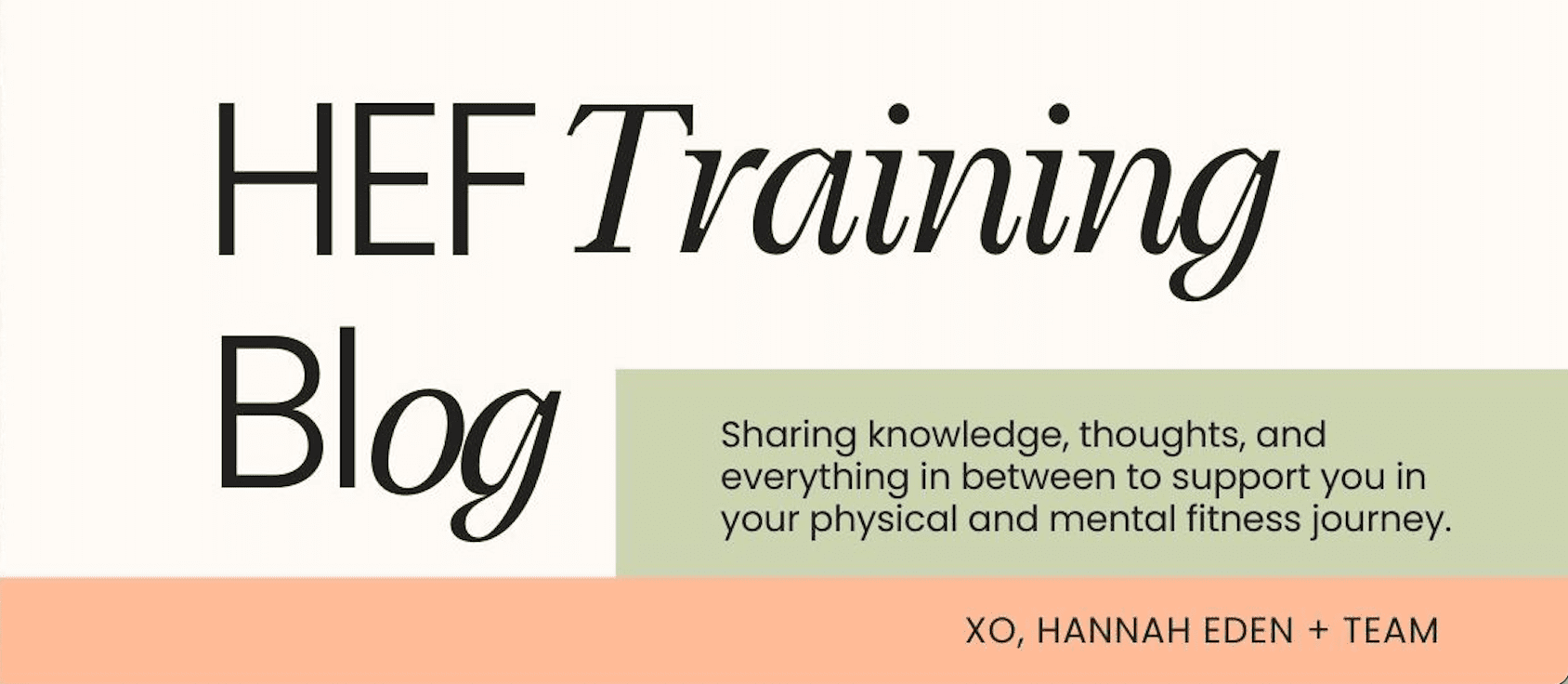

Share this article:
How Much Protein Do I Need? Calculating Protein Needs For An Active Lifestyle
When we embark on a health or fitness journey, protein is something that typically comes up almost immediately.
The amount of information regarding how much protein to consume to gain muscle, tone up, lose fat, etc … PLUS what types of protein are truly best (animal protein or plant protein) can be overwhelming.
Here, we’re simplifying things with a balanced approach, so you know exactly how much protein to get to power your lifestyle.
Protein: Why It’s Important + How Much We Really Need
Traditionally, when we think of building muscle, we think of high protein diets. Now, there is a seed of truth in recognizing this need for protein: the amino acids present in protein are the building blocks of muscle.
When we work out or lift weight, we create microscopic tears in our muscle fibers (this sounds terrible, but it’s actually a necessary part of muscle growth!). When these tears are repaired using the amino acids found in protein, plus various other nutrients and compounds, our muscles grow back stronger.
Because of this fact that protein is a supporter of muscle growth and repair, it can be easy to assume that more will always be better; aka: the more protein we consume, the more muscle we will be able to synthesize, or grow.
The reality (and it took me a little while to discover this myself) is that over-consuming protein actually won’t cause you to gain more muscle. In fact, research shows that consuming excess protein not only doesn’t have a significant effect on muscle growth, but can even lead to faster aging … which is the opposite of what we want.
The reason an extremely high amount of protein doesn’t equal more muscle growth is because the body can only utilize so many of the essential amino acids it receives; anything more will be broken down and excreted by the liver.
Now, these discoveries don’t mean we should swing to the opposite pendulum and avoid protein altogether – they simply illustrate that in a balanced amount, protein is beneficial. However, when we start to consume it in excess, it can be less than healthy, and not truly necessary.
As our activity level increases, our protein needs will increase. Here’s how to find how much that increase actually is, and how we can get the right amount.
So, How Much Protein Should You Be Getting?
The minimum amount of protein required to sustain healthy adult muscle mass, if under the age of 65, is .36 g per lb of body weight; this would support normal daily activity.
For athletes or those who recognize their bodies benefit from greater protein intake, I typically suggest .6 g or .7g per lb of body weight.
Extreme athletes may benefit from up to 1 g per lb of body weight to support their demanding training periods.

Best Sources Of Protein
Another wall of information we typically run into is that of the various sources of protein. How do we chose?
“Should we consume animal protein? Vegan protein? Is protein from vegan sources enough? What about protein shakes?”
These are just a few of the common questions swirling around protein. In truth, the first guide you always want to follow is to stick to whole food sources.
This guide goes for all foods, but is specifically important for protein: the more natural the protein source, the better and healthier it will be.
The question as to whether you should consume plant or animal foods is a very complex one, as we are all biologically different, and as such, have different nutrition needs. For myself, I found that while I don’t function 100 percent on a vegan diet, I was able to drastically reduce the amount of animal protein I was consuming by replacing it with plant-based protein options. For me, the balanced approach was a winner; however, I’ve spent a lot of time developing the skill of listening to my body and discovering it’s individual needs, which is super important to do when you’re trying to optimize your nutrition.
I recommend working with a nutritionist to help you better recognize which proteins your body can easily digest and which your body may be struggling to break down.
In short: one nutrition size doesn’t fit all.
Whether you’re plant-based or omnivore, here are the best protein sources to consider adding to your meals:
- Legumes (chickpeas, lentils, black beans, kidney beans, adzuki beans, pinto beans)
- Organic/high quality meats (chicken, turkey, beef, venison)
- Organic Tofu (firm, silken) and organic soy products (tempeh)
- Nuts and seeds (Quinoa, chia seeds, amaranth, hemp seeds, buckwheat)
- Wild fish (salmon, white fish, tuna, sardines)
- HIgh quality, unsweetened whey or vegetable protein powders, such as pea protein or hemp protein (sparingly)
- Whole-food protein sources are easier on your body to digest, free of unnatural chemicals, and contain synergistic nutrients such as healthy fats and antioxidants that provide extra nutrition.
By using these various ingredients, we can easily get enough protein to fill our requirements, without going overboard!

Sign Up and Subscribe for quick updates!
Get everything Hannah Eden Fitness right in your inbox!
Share this article:



